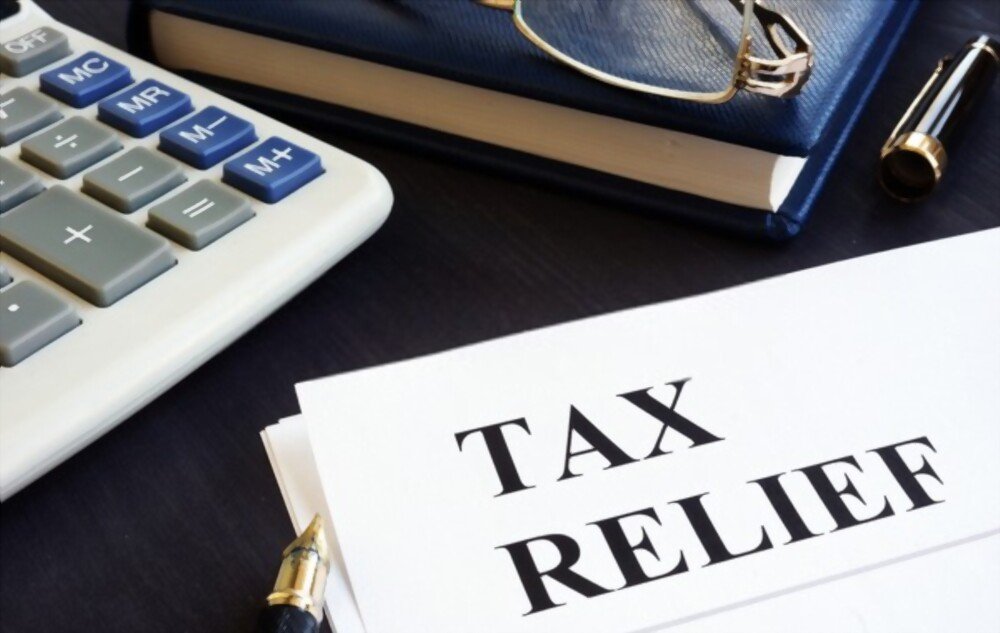To apply for tax relief, you would typically need to follow these steps:
- Identify the Type of Relief: Determine which type of tax relief you are eligible for. This could be relief for business income, investment income, rent income, or other types of income as specified in the tax guidelines.
- Filing Your Tax Return: Access the relevant schedules in your tax return form. For example:
- Schedule 2 for Business income (cage 20) or Relief for business income (cage 210)
- Schedule 3 for Investment income (cage 30), Relief for rent income (cage 60), or Relief for investment income (cage 210)
- Schedule 5 for Relief for expenditure (cage 70) or Qualifying payments (cage 100)
- Entering Personal Relief: If you are claiming personal relief, enter the amount in Cage 80, ensuring it does not exceed the maximum allowed limit, which is Rs. 2,550,000.
- Supporting Documentation: Gather all necessary supporting documents that substantiate your claim for tax relief. This could include financial statements, receipts, and other relevant paperwork.
- Submission: Submit your tax return with the relevant schedules completed and supporting documents attached. This can typically be done electronically through the tax authority’s e-filing system.
- Confirmation: After submission, ensure you receive a confirmation of your application. Keep a note of any acknowledgement numbers or reference IDs in case you need to follow up with the tax authority.
For specific instructions and guidance, refer to the tax authority’s official guides or contact their support services for assistance. In the context of Sri Lanka, you can reach out to the Taxpayer Service Unit (TSU) for help with registration as a taxpayer, tax types, updating your taxpayer profile, and other services related to tax relief applications.

